There is a movement within the Tiny Home / Small Home movement where people are converting prebuilt sheds, such as Home Depot Tough Sheds, into living spaces.

This is an economical and fast way to build a home of your own, without having to spend the time to build the frame or shell of the home. Especially for those of us who are adept at interior remodeling, but don’t have the carpentry skills or tools to build an exterior shell ourselves. A shed can be purchased from $4,500-$12,000, depending on the size, and the interior can be finished at your own pace and budget. Many people finish their shed-to-home while they are living in it.
While this is an excellent way to save time and money, it is important to know what to look for in terms of construction, especially if the shed is or will be lofted. Beams may need to be reinforced to support the weight.
Other things to consider are foundation, insulation, plumbing, heating and cooling, septic, and utilities.

Some people prefer to install a septic system, which can cost a few thousand dollars, while others purchase composting toilets for less than $1,000.
Many shed-to-home owners prefer spray foam insulation, and many shed dealers will spray the interior and underside of the shed with spray foam insulation before delivering it to your property.
You should have your foundation built before delivery. The most basic foundation is to level an area and put cement blocks, although this is not the most durable foundation (especially if you live in an area with soil erosion or runoff).
The next foundation option is pour a concrete slab foundation, either by hiring a professional, or by researching how to dig out dirt for the footings and slab according to plans that follow building and safety codes. Then build forms for the footings and for the slab, install rebar, and pour the concrete.
The more expensive foundation option is to dig out a full basement. This is beneficial in that, digging below the frost line provides added heat in winter and reduces heating costs, plus the basement can be used for extra storage or living space. Typically, an excavation contractor would dig the foundation, the footings and base would be poured, then you would build and seal your block walls.
Once you have chosen and built your foundation, you are ready to have your shed delivered.
One of my favorites in the shed genre is Arched Cabins, as the arched design makes for a roomier second story and increases the square footage over a small footprint. However, they can only install a pre-built cabin on your property in Texas. If you live outside of Texas, they can ship you the home.
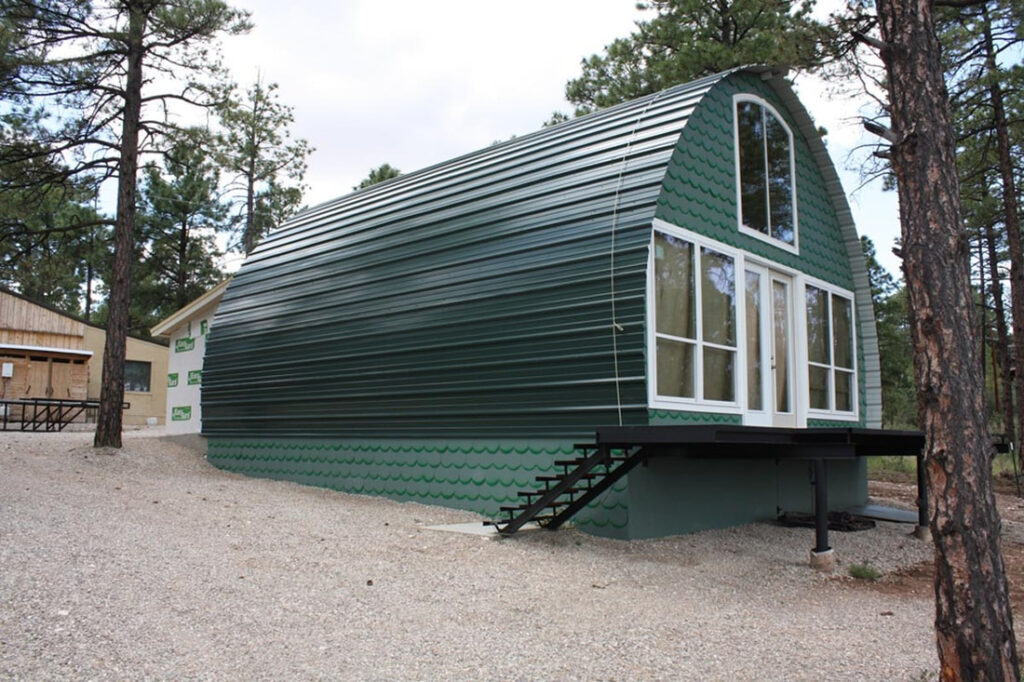
The Home Depot Tuff Shed is another favorite, for the obvious reason being that it already resembles a house.


Below please find some images of completed conversions, for inspiration. You’ll notice that many people opted for shiplap wood paneling as opposed to drywall; this is because the wood paneling provides additional structural support, especially if you are considering relocating your tiny home after it is complete.
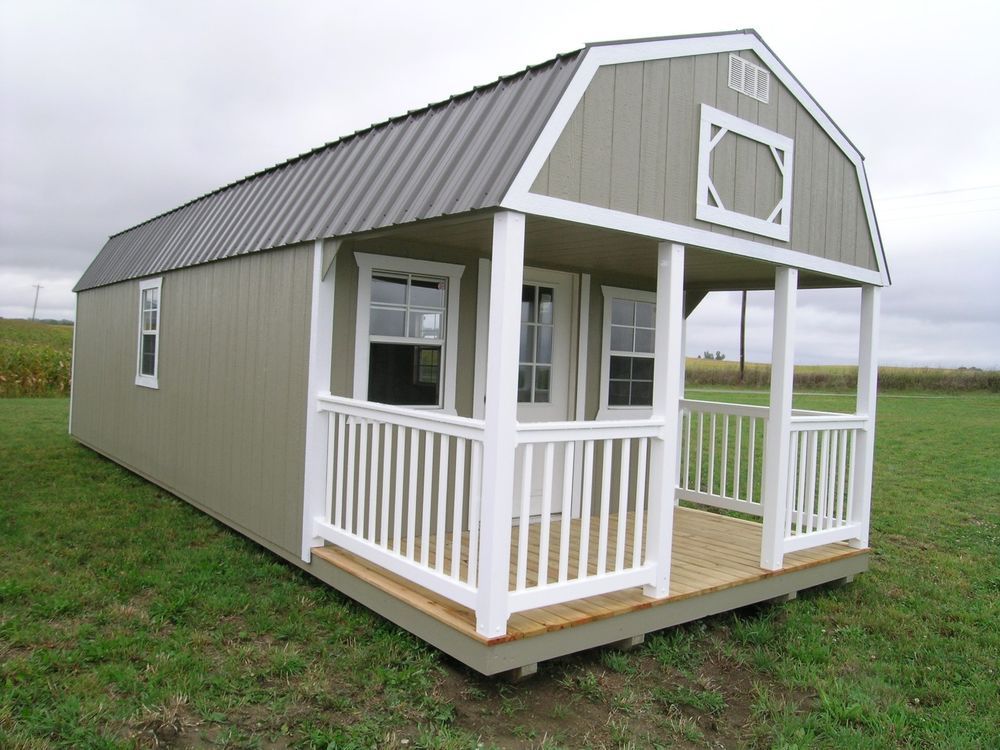

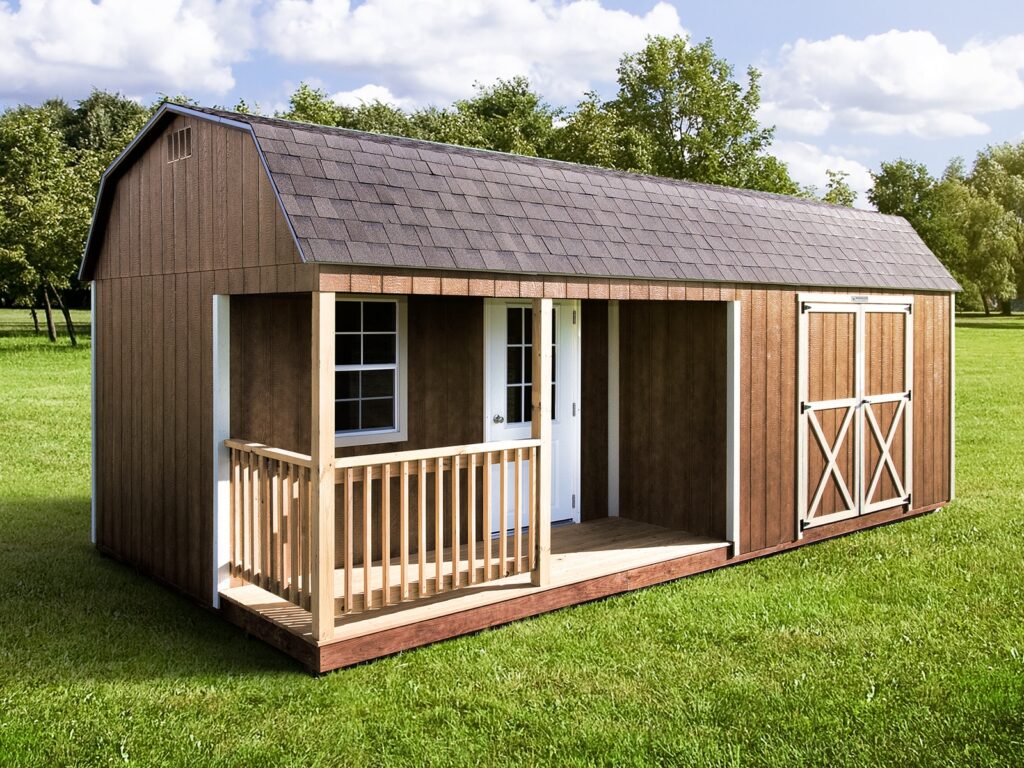
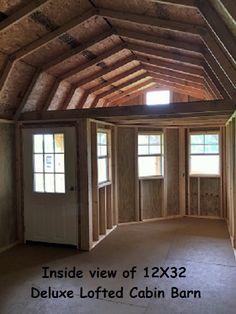
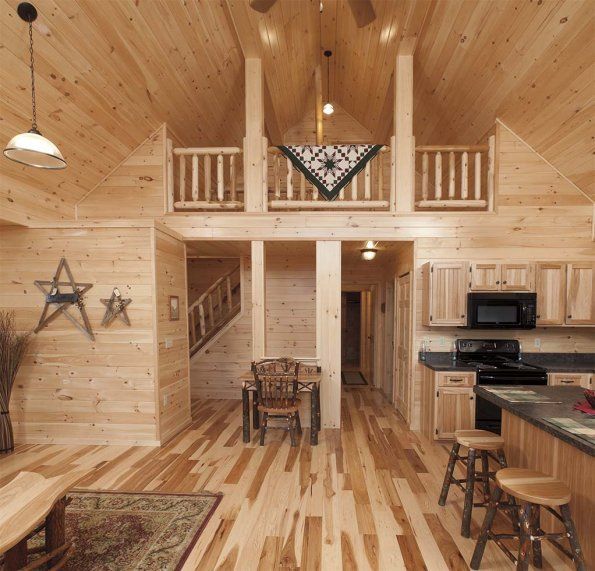

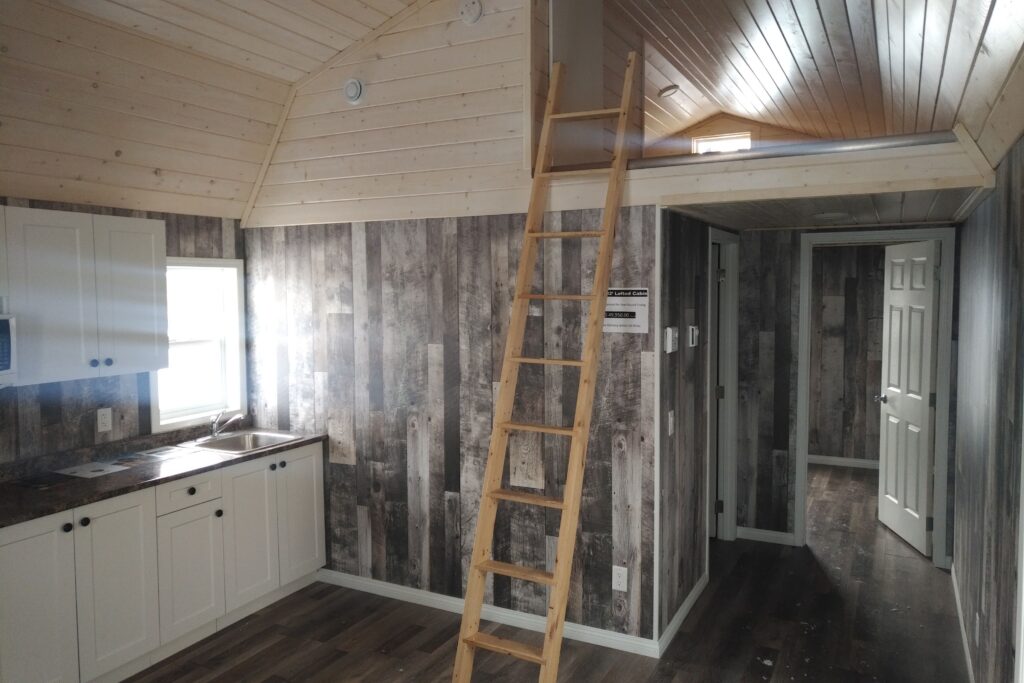
Are you considering a shed-to-home project? If so, I’d love to hear about your journey! Please contact me to share your story, or to submit an article as a guest writer.